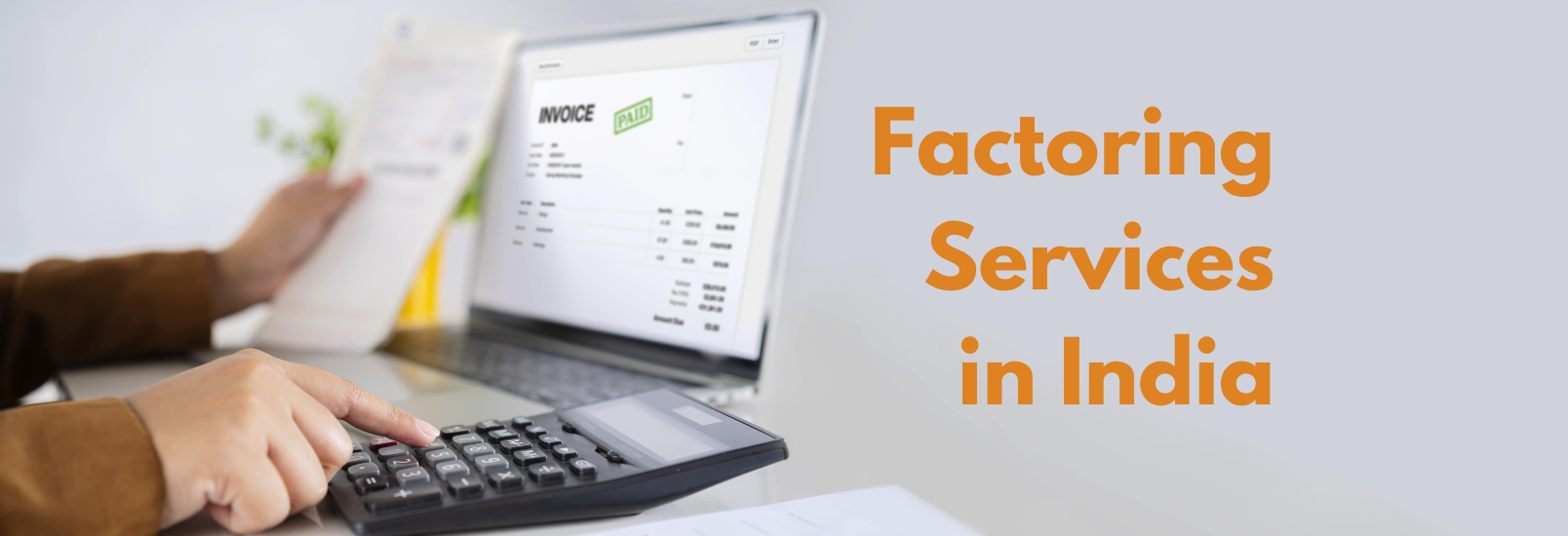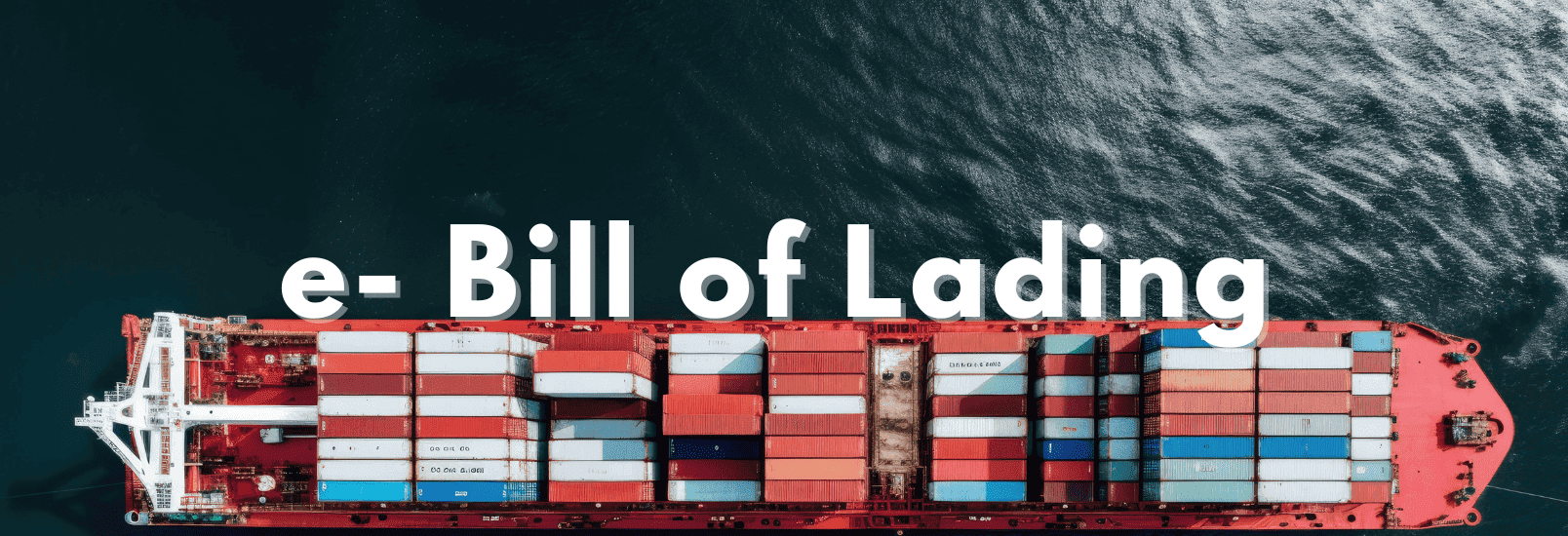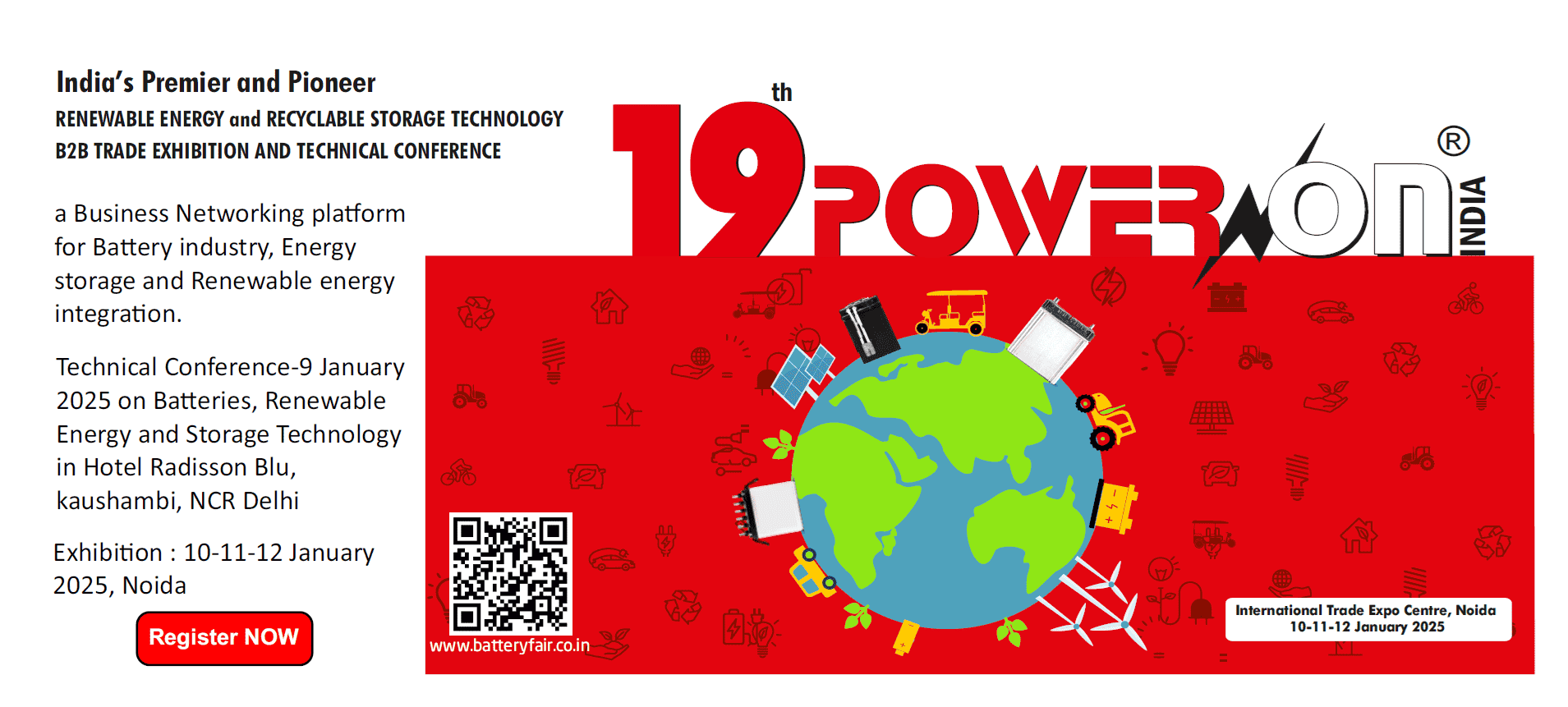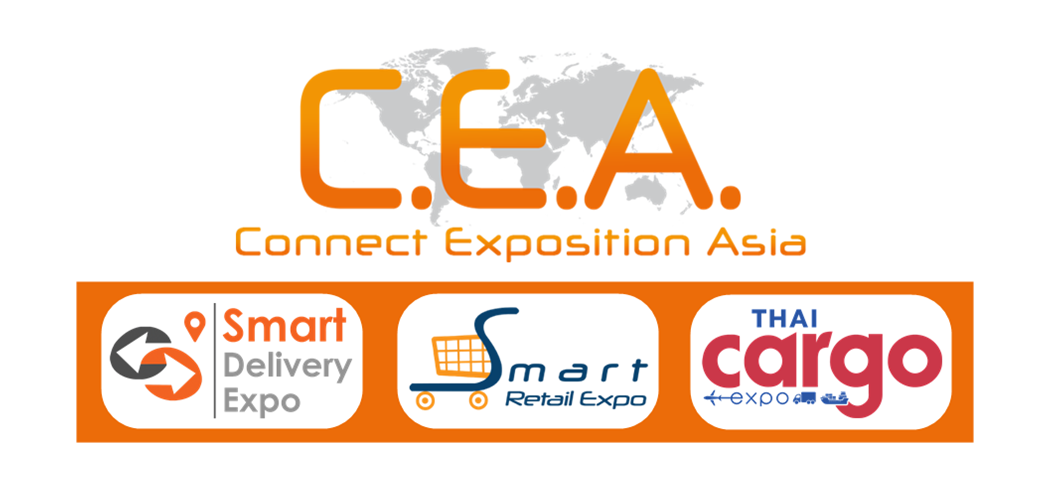Although the Indian pharmaceutical industry has been doing well overall, there is some variation in the DSO and outstanding levels within these businesses. The primary methods available to the Indian pharmaceutical industry for debt recovery are those outlined in the 2016 Insolvency and Bankruptcy Code (IBC).
This law was passed in order to combine the many laws pertaining to debt recovery and the legally prescribed procedure for a debtor to declare bankruptcy in the event that they are unable to pay their outstanding debts.
In addition, the IBC divided creditors into two primary groups: financial creditors, whose connection to the debtor is only established by a financial contract, and operational creditors, whose connection to the debtor is established by a transactional agreement based on the execution of an operation. The pharmaceutical industry will be considered an unsecured creditor and will not be able to vote in the committee of creditors that will be constituted to handle the debt that results from the debtor's declaration of insolvency or bankruptcy. The "waterfall mechanism" was also introduced by the IBC as a way to divide payments to creditors according to the percentage and amount of debt each party owes. The National Company Law Appellate Tribunal (NCLAT) may hear cases arising under the IBC after they are handled by the National Company Law Tribunal (NCLT).
The National Company Law Appellate Tribunal (NCLAT) may hear cases arising under the IBC after they are handled by the National Company Law Tribunal (NCLT). Initiating legal action under the 1881 Negotiable Instruments Act (NI Act) When it comes to recovering money from payment instruments like checks and bills, this approach is employed. The NI Act's Section 138 establishes the framework for starting legal action in cases of returned checks, along with precise deadlines and restrictions for each stage.
The most popular approach for collecting accumulated debts resulting from a business agreement in the pharmaceutical industry is this one. The existence of an arbitration clause in the original agreement from which the dispute originates is the fundamental criterion that determines whether a disagreement is arbitrable in the best-case scenario. The legality of the idea of debt recovery arbitration itself is one of the main concerns about the arbitrability of disputes based on accumulated debts. Pharma companies are also required to employ specific tried-and-true strategies for debt collection. They do.
Prior to granting credit, credit verification and due diligence are crucial. Credit is frequently extended to buyers who are not creditworthy, which leads to uncollectable debt that must be written off. As a result, the industry's profitability declines. Businesses in this industry have access to credit and information reports from numerous reputable credit information companies around the nation, which provide a precise image of the buyer's ownership and financial situation. This aids businesses in determining whether to extend loan facilities. Therefore, before granting any credit facility, due diligence and credit check are essential.
Using debt collection firms, A debt collection agency is a professional firm that works on behalf of corporations to recover debts by obtaining the payee list from the companies. These agencies use collection practises that have been thoroughly examined. The Agency's main responsibility is to collect accounts receivable on behalf of its customer, the pharmaceutical company in this example.
It might be worthwhile to invest in an internal debt recovery team and an internal lawyer if pharmaceutical businesses have a wide buyer base and are national in scope. Since these debt collectors are knowledgeable about the nature of the debt, they will have a higher chance of recovering the There are credit and recovery teams all around the nation that answer to the national manager of credit management and recovery. Numerous organisations with a nationwide presence in India have effectively implemented this approach.
Predictive modelling and automated dunning are being used by businesses in this industry more and more to assist them expand their debt collection reach. Buyers may make payments simple and avoid delays by using mobile apps and internet payment links. High days sales outstanding or low receivables turnover ratios are detrimental to a company's performance for two main reasons, according to SES in the report: first, they block working capital, which increases operating costs and requires additional capital; second, they may prove to be risky as they may eventually require a write-off, which would negatively impact earnings.
Divergence in the ratio of accounts receivable turnover can be ascribed to a variety of things, including the kind of customer, the company's negotiating position, the quantity of suppliers, the company's credit policy, and its geographic reach. For instance, the receivable cycle is longer but the cost of distribution is lower if a business supplies products to hospitals. Additionally, because generics are highly competitive, innovators have greater negotiation power than generic players. Multinational corporations manage their debtors more effectively than Indian family-run businesses do. Since most Indian business comes from overseas, its receivable cycles cannot be compared to those of Indian subsidiaries of multinational corporations that solely operate in the domestic market.
According to a representative of a significant Indian pharmaceutical company who wished to remain anonymous because he is not permitted to speak to the media, the receivables period in the US is 60 to 100 days, while it is more than 100 days in emerging markets like Latin America, Russia, and Africa. This affects the receivables turnover ratios of Indian companies. However, this is the nature of business and local customs vary. Higher exporting companies have a receivables turnover ratio that is below average, but the effect of this is not consistent, suggesting that no meaningful pattern can be identified.
The cycle of accounts receivable affects a company's cash flow and, hence, influences the values. However, the ratio of accounts receivable to total assets is merely one measure used to predict a company's future performance. Other aspects that investors need to be aware of include the company's capacity to increase profit margins and product mix.
For the benefit of shareholders, companies are required to reveal their credit policy, period, and improvement on a yearly basis, at the very least in the annual report. In 2022 and 2023, the value-added output of Indian pharmaceuticals is expected to grow at a rate of more than 6% per year, owing to the continued Covid-19 immunisation campaign, a recovery in non-Covid-related medical procedures, and a rise in the export of generic drugs. Due to high material and transportation costs, medication companies will still have pressure on their gross margins in the first half of 2022. Pharmacy and wholesalers in the country continue to make modest but steady profits.









